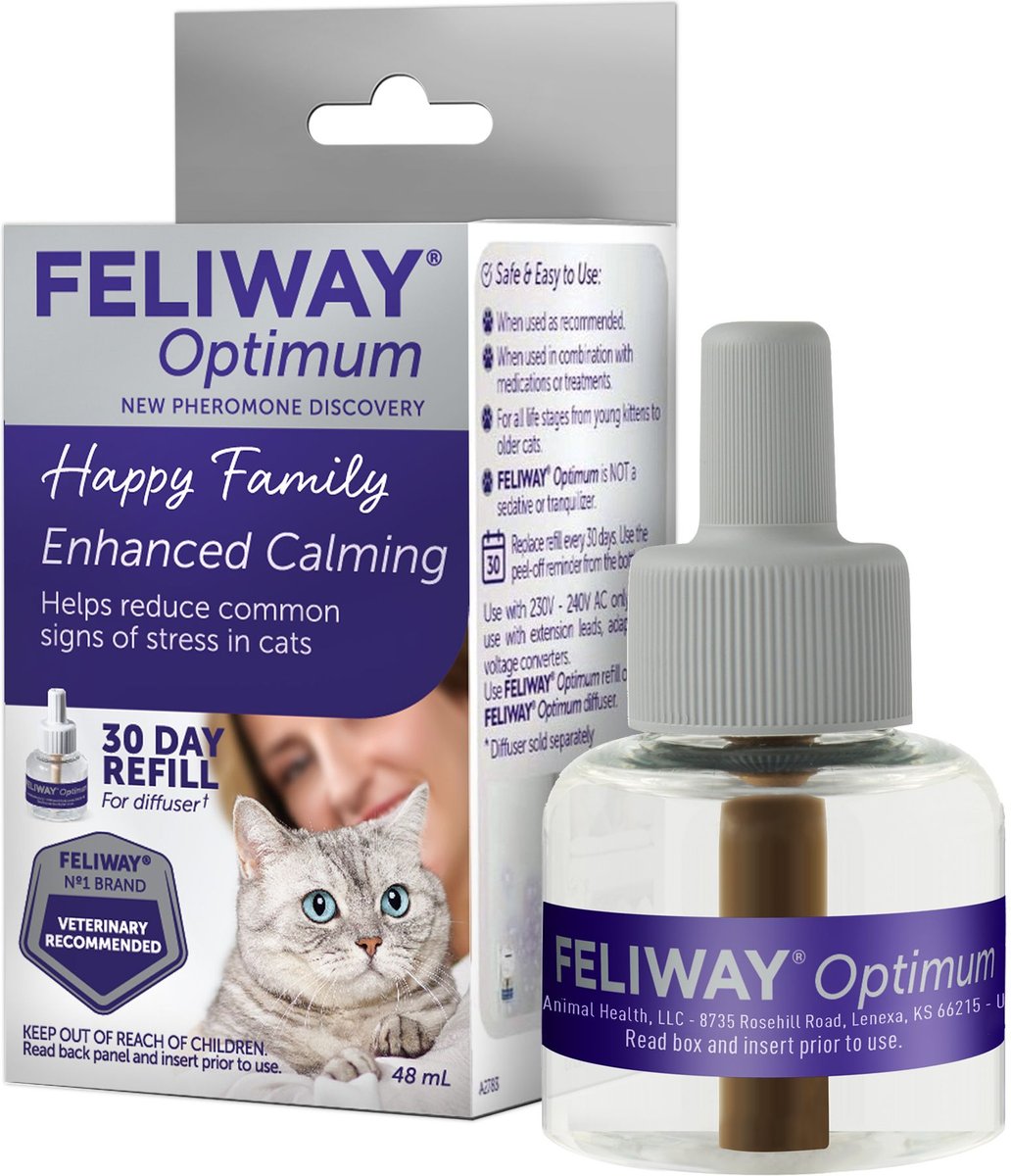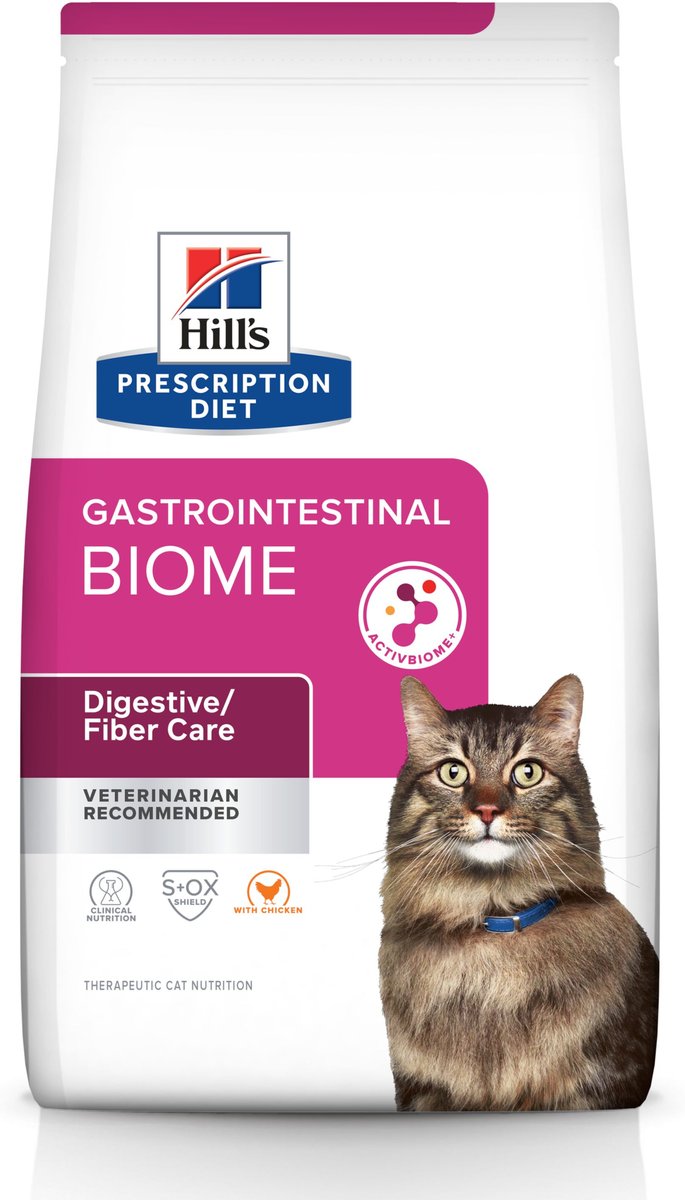Puking is among the most common health problems in cats. Sometimes, throwing up is normal, while at others, it is due to some serious underlying health issue. But the condition takes a complicated turn and almost becomes a riddle when cats vomit only on certain occasions, for instance, right after relieving themselves in the litter box.
If that is the case with your feline pal and you have been entangled in the question, ‘why does my cat throw up after using the litter box,’ we have a pretty good explanation for you.
Why Does My Cat Throw Up After Using the Litter Box?
Cats throwing up during or right after using their litter box is generally associated with constipation. Out of condition, the digestive system slows down, and fewer bowel movements occur. Resultantly, a constipated cat might strain hard whenever she has an urge to defecate and relieve herself, putting pressure on the stomach.
Thus, if she just had a meal before using the litter box, there is a huge probability that the cat will throw up.
Why Do Cats Suffer From Constipation?
Constipation is a condition in which bowel movements become less frequent, making it hard and painful for cats to pass stool. There are several reasons why constipation may occur in cats:
- Allergy
- Cancer
- Fiber deficiency
- Inflammatory bowel disease
- Ingesting hairballs or foreign bodies
- Injury in the pelvis
- Nerve issues
- Not enough water intake
- Stress and anxiety
- Tumors that compress the intestines
Did You Know?
Did You Know? Although constipation may occur in cats at any age, it is more common in elderly cats.
Signs That Your Cat Is Constipated
Depending upon the reason behind constipation, the affected cat may manifest several symptoms.
- Decreased Appetite
- Hunched posture
- Lowered poop quantity
- Painful defecation
- Poop is hard and dry
- Tenesmus (straining to pass stool)
Should You Be Worried?
If the problem is chronic, unfortunately, yes. On the other hand, you don’t need to worry much in case of occasional and infrequent constipation.
If left untreated, constipation can lead to several other maladies. For instance, it may lead to megacolon, a stage of the disease that is not treatable with simple medication. Likewise, some serious conditions, such as anal fissures, rectal prolapse, and hemorrhoids, can also occur in cats.
Other than health problems, constipation might also lead to the development of litter box issues in cats. Constipated cats often associate straining and resultant pain during defecation with the litter box and thus start avoiding it. Similarly, unintentional defecation in different places might occur. Your kitty might have her poop trapped in the colon while straining in the litter box, but when she begins walking or doing any kind of physical activity, the feces may come out.
So, if your cat is litter-trained but has stopped using the litterbox, constipation could be one of the many underlying reasons.
How to Help Your Cat With Constipation and Vomiting After Pooping?
Like symptoms, the treatments of constipation may also differ from cat to cat and also based on the severity of the problem.
1. Keep Her Hydrated
If your cat does not drink enough water, her colon will fail to keep the stool moist enough to pass without any hindrance. Therefore, you need to increase the water intake of your cat.
One of the best ways to do this is to get your kitty water fountains. Observing the water flowing constantly, she will be tempted to play with it and drink some. Likewise, consider offering her wet cat food. Cat foods for summer can work wonders in keeping the cats hydrated.
2. Keep Food Allergy at Bay
If your cat is allergic to any food, she can easily get her intestines inflamed by having even a small amount of it, thus ensuing constipation.
To keep the situation under control, consider changing the source of your kitty’s protein. Try giving her different flavors, such as lamb and fish, and you will visibly notice reduced inflammation of her intestines.
However, note that you should not change your cat’s diet instantly; instead, gradually introduce the new food by mixing it with the old food. Also, keep an eye on your cat’s health status throughout the transitionary phase.
3. Control Her Fat
Obesity is known to slow down intestinal movements, resulting in decreased stool quantity. Sometimes, fat is the culprit behind reducing poop moisture, while it may also apply physical pressure to the stomach and intestines, which impedes any kind of movement in them.
To counter this, you need to maintain your cat’s physical activities and exercise schedule. Keep her busy with different cat toys. You can also get her a cat tree to serve the same purpose.
4. Keep Your Cat Calm
Cats can – unfortunately – fall into stress and anxiety for a plethora of reasons, some of them being introducing a new pet or simply telling your cat that you are in love with someone. Eventually, such feelings can stress the muscles and upset the gut, causing constipation. However, it takes time to deal with such feelings. You can adjust it by destressing your cat using environmental changes or by simply using some products like pheromones.

|
Feliway Calming Pheromone is a drug-free mix that reduces stress in cats considerably. Promoting a sense of calm, the device can cover up to 700 square feet. |
5. High Fiber Diet
A high-fiber diet is known to help with constipation, be it in animals or human beings. Fiber may add more volume to the stool, which might make it easier to move. You can also offer probiotics to your cat. Probiotics contain healthy bacteria that support healthy intestines and help cats effectively combat constipation.
6. Get Professional Help
In case of severe constipation, a cat might need to visit a vet or even be hospitalized. The vet may administer different kinds of laxatives.
As a last resort, she or he might recommend surgery, especially in the case of obstipation. Cats who get surgical treatment recover very quickly, both from constipation and the side effects of the procedure. However, note that such treatments may cost up to 6,000$.
Conclusion: Why Does My Cat Throw Up After Using Litter Box?
Cats usually vomit right after or during using the litter box because of constipation. The condition causes them to inevitably exert pressure on their abdomen as they strain for the feces to come out. Consequently, any food item that remains in the stomach makes its way out of the mouth. When the stomach is empty, cats throw up stomach acid—thick white foam.
While is common for cats to vomit, what if she starts foaming at the mouth? Read about these six reasons behind a cat foaming at the mouth.


